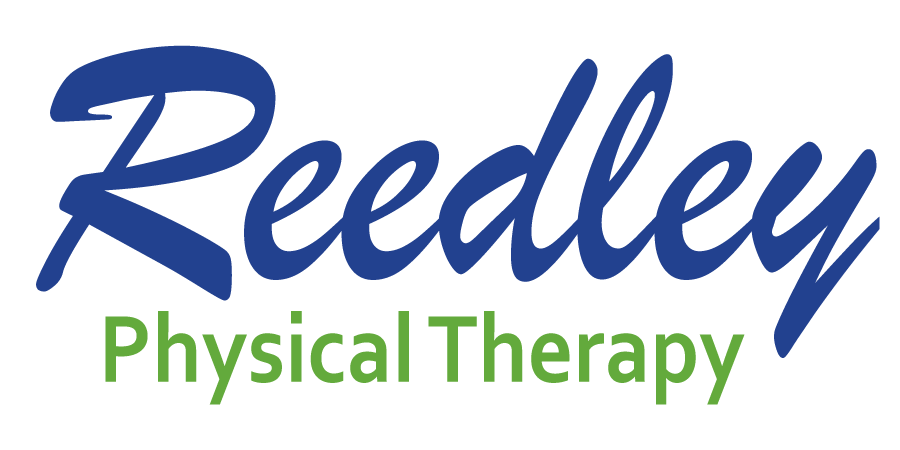Movement is Medicine: The Importance of Strong Legs
A few months ago, we published an article beginning the conversation about the importance of leg strength and how leg strength is one of the strongest predictors of longevity. The article can be summed up by remembering that, in order to stay healthy, we need to stay moving; in order to stay moving, we need strong legs. While the connection between strong legs and a healthy body is a very easy and natural connection to make, a more surprising connection is that between movement and brain performance. This is the topic of a new study that was recently published in the journal of Frontiers in Neuroscience.
The observation that significant impairments can be noted in patients with movement limiting pathologies – or even in astronauts existing movement limiting environments – was the spark that ignited this team of researchers to find out what exactly was happening and what could be done to mitigate these losses. Through their research, in which they studied mice who were restricted from using their lower extremities, but otherwise maintained normal eating and grooming habits, they noted a 70 percent reduction in neural stem cell growth as compared to a control group. Not only was the production of neural stem cells reduced, but so was the production of oligodendrocytes – cells responsible for maintaining health and function of pre-existing neural cells.
In total, the results from this study clearly demonstrate that using the legs, particularly in weight bearing exercises, sends signals to the brain that are vital for the production of healthy nerve cells and brain development. If after reflecting on your own exercise habits, you feel that they may be lacking in focused leg work, the following three exercises are a great place to start in order to maximize longevity and brain health.
- Squats: A basic squat that can be done with no weight at all, or hundreds of pounds. What matters more than the weight is your form and technique.
- Leg Press: This workout stresses big primary movers like the squat, but at a slightly different angle that may be more comfortable depending on your particular set of aches and pains.
- Lunges: A great exercise to add to any leg program that allows for unilateral training – working one leg at a time – so that both legs are strengthened equally
Whatever exercises you choose, remember that using moderate weight with focused intention and careful technique will carry you a long way. Combine slow and steady reps with explosive movements, and don’t hesitate to modify and adapt as necessary.


